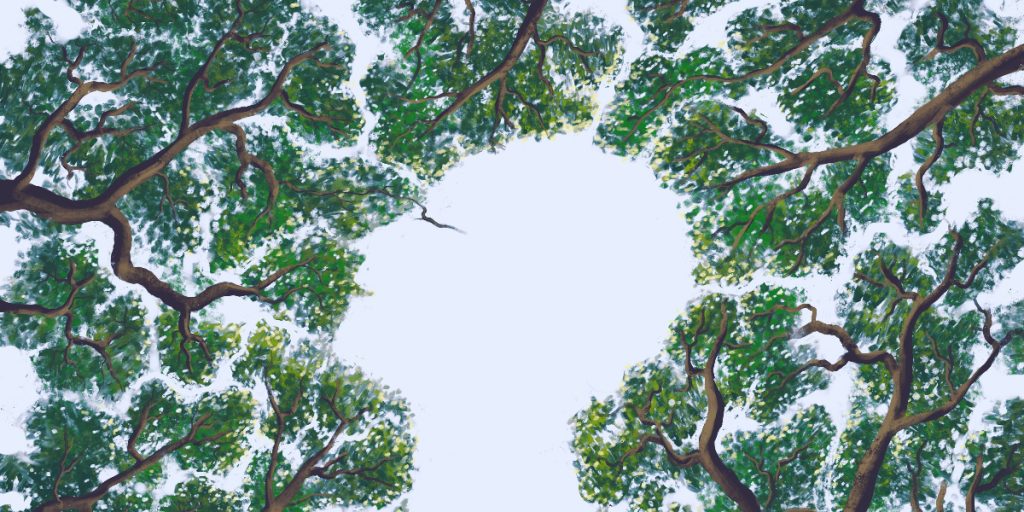Edward S. Brodkin, M.D. is Associate Professor of Psychiatry at the Perelman School of Medicine at the University of Pennsylvania. He is also the Founder and Director of the Adult Autism Spectrum Program at Penn Medicine. Ashley A. Pallathra, M.A. is a clinical researcher and therapist who, after graduating from the University of Pennsylvania, received a Master’s degree in Psychology. She is currently pursuing her Ph.D. in Clinical Psychology at The Catholic University of America.
Below, Ashley shares 5 key insights from their new book, Missing Each Other: How to Cultivate Meaningful Connections. Download the Next Big Idea App to enjoy more audio “Book Bites,” plus Ideas of the Day, ad-free podcast episodes, and more.
1. To have a good life, we need to cultivate our connections with other people.
Humans are social beings, so whether you’re an extrovert or an introvert, each of us needs people in our lives—both professionally and personally. Unfortunately, though, our authentic connections are under assault. Life today seems busier and more stressful than ever, and live communication is being replaced by social media and texting. Over the last few decades, loneliness in America has increased dramatically. In a 2018 survey, more than half of both adults and Gen Z’ers say that no one really knows them well. And beyond our own individual lives, the big problems that face humanity today—from the COVID-19 pandemic, to racial injustice, to the climate crisis—can only be addressed if people all over the world cooperate and work together to address them. So for each of us, and for humanity as a whole, improving the quality of our connections is a top priority.
2. The key to authentic connection is in a process called “attunement.”
“Attunement” is the ability to be aware of your own body and state of mind while also tuning in and connecting to another person. It means staying “in tune” and “in sync” with both the feelings of others and one’s own feelings, not just in a single moment of empathy, but over time, even during the unpredictable twists and turns of an interaction. Picture two people having a conversation in which they both feel deeply understood, or two dancers moving smoothly together with an intimate understanding of where the other’s next steps will be, or two musicians improvising together, staying in sync with such closeness that you wonder how the music wasn’t previously rehearsed. It’s useful to think of attunement as being made of four component skills: relaxed awareness, listening, understanding, and mutual responsiveness.
“Listening is one of those things that many of us take for granted, but it’s really an art form.”
3. The foundation of attunement is in relaxed awareness and listening.
Being fully aware of what’s happening—the stressful parts and all—while staying relaxed can certainly be challenging, but it is possible, and you can get better at it with practice. Basketball legend Michael Jordan was great at getting into this state of mind, which is part of what made him so amazing on the court. He was acutely and calmly aware of the movements of himself and his teammates, and because he was not physically tense, his movements could flow unimpeded.
In a state of relaxed awareness, you’re able to listen to other people much better, consequently strengthening your connection to them. Listening is one of those things that many of us take for granted, but it’s really an art form. By listening, we don’t just mean hearing the literal meaning of the other person’s words, but also noticing the nuances of their communication: their tone of voice, the pauses in their speech, their facial expression, eye contact, body language. When we’re really listening, we resonate with the other person on many levels.
4. Attunement becomes most powerful when we understand each other and foster mutual responsiveness.
There are lots of things that can get in the way of understanding someone—including our own assumptions about the person, or what we want or need them to be. So understanding someone else also involves understanding yourself, including your own triggers and the patterns in your relationships.
“When we’re in conflict with someone, we’re much more effective in navigating the situation if we stay connected with the person.”
Furthermore, the active element of attunement is mutual responsiveness, or how we act toward the other person. One important aspect of this involves getting a sense of what’s on the other person’s mind, and trying to meet them there. Western culture tends to value asserting yourself and driving the agenda, but meeting the other person where their motivation or interests lie will facilitate the formation of connection. And staying flexible, rather than sticking to a prepared script, allows you to respond to whatever is happening in the interaction, even if it is unexpected.
5. Connection and attunement are useful not just for bonding, but also for managing conflict.
Say you are in a high-stress meeting with your boss, and both of you are experiencing rising tensions. While it may seem paradoxical, when we’re in conflict with someone, we’re much more effective in navigating the situation if we stay connected with the person—when we hear and understand that person clearly, and respond to what is really said and meant. If your responses are not on target with what your boss really means, then your words will seem irrelevant, and will be more easily dismissed. So it is crucial that you stay cool, find out where the other person is coming from, and then construct your argument so that the other person will hear it.
For more Book Bites, download the Next Big Idea Club App today:
































